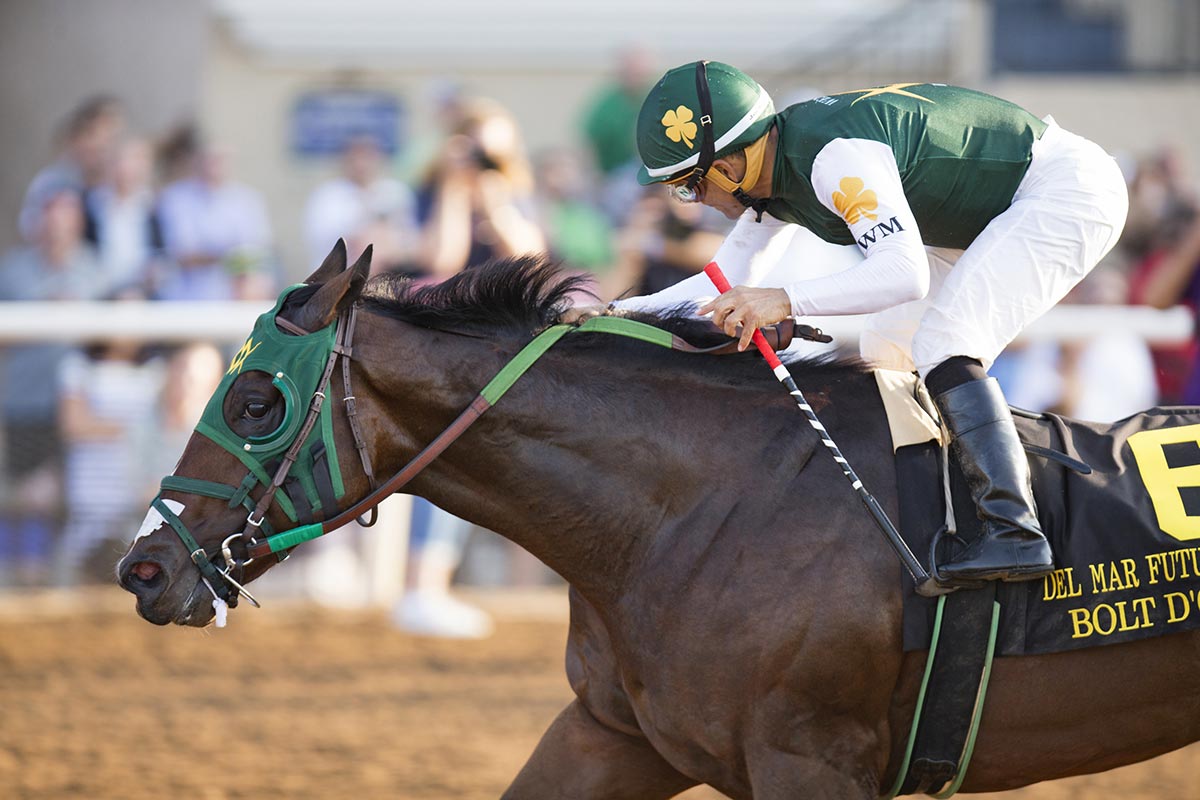
Thoroughbred horse racing in Kenya is a popular sport that has been around for over a century. The sport is governed by the Jockey Club of Kenya, which was founded in 1919. The Jockey Club of Kenya is responsible for organizing and regulating horse racing in Kenya.
The main racecourse in Kenya is the Ngong Racecourse, which is located in Nairobi. The Ngong Racecourse is a 1,200-meter (3,937-foot) dirt track that is used for both flat and jump racing. The Ngong Racecourse is also home to the Kenya Derby, which is the most prestigious horse race in Kenya.
There are two main seasons for horse racing in Kenya: the dry season, which runs from October to March, and the wet season, which runs from April to September. The dry season is the more popular time for horse racing, as the weather is more conducive to racing.
Horse racing is a popular spectator sport in Kenya, and there are often large crowds at the Ngong Racecourse on race days. The sport is also a major source of revenue for the Jockey Club of Kenya.
Here are some of the challenges facing thoroughbred horse racing in Kenya:
- Lack of funding: The Jockey Club of Kenya is a non-profit organization, and it relies on sponsorships and donations to fund its activities. However, funding has been a challenge in recent years, and this has led to a decline in the quality of racing.
- Lack of infrastructure: The Ngong Racecourse is in need of major renovations, and this has also led to a decline in the quality of racing.
- Competition from other sports: Kenya is a country with a rich sporting culture, and there is a lot of competition for spectators from other sports, such as football (soccer) and rugby.
Despite these challenges, thoroughbred horse racing remains a popular sport in Kenya, and there is hope that the sport will continue to grow in the future.








